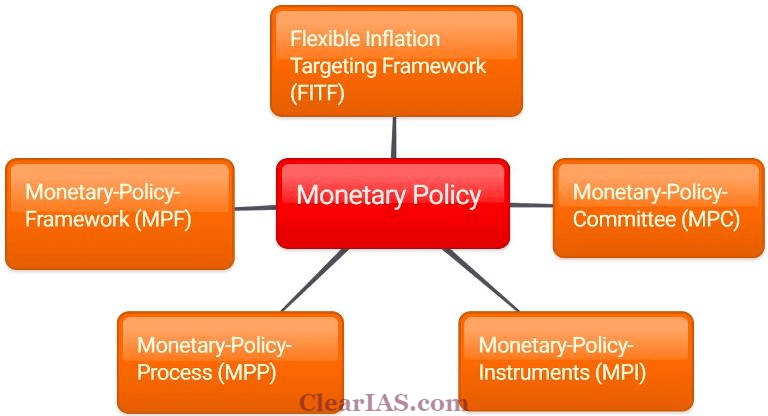A recent report by Citigroup suggests that India's monetary policy might be on the verge of a shift towards easing. This comes on the back of improving liquidity conditions in the banking system.
According to the report, a key indicator, the weighted average call money rate – the rate at which banks lend to each other overnight – has been inching closer to the repo rate, the benchmark interest rate set by the Reserve Bank of India (RBI). This narrowing gap, after five months of divergence, is seen as a signal of potential monetary policy easing.
Citigroup economists Samiran Chakraborty and Baqar Zaidi noted that this movement coincides with a softening of inflationary pressures in the country. They pointed out that the RBI's liquidity management strategies, which involve infusing cash into the banking system, have been instrumental in guiding overnight rates towards the repo rate.
Previously, during the October-January period, the call money rate had remained stubbornly high, hovering around 15 basis points above the repo rate. This indicated a deficit of liquidity in the system, prompting banks to borrow from each other at a higher rate. However, the situation has changed significantly in recent months.
Citigroup highlights March 2024 as a turning point. Liquidity surplus emerged, pushing the system to a neutral level compared to an average deficit of around ₹2 trillion (US$2 billion) witnessed in January 2024. This improved liquidity scenario has allowed overnight rates to fall, signaling a potential policy change by the RBI.
While the RBI has maintained a pause on interest rate adjustments for an extended period, the recent developments in the banking system suggest a shift in stance might be forthcoming. Easing liquidity and subdued inflation create a fertile ground for the central bank to potentially consider lowering the repo rate.
This could have a cascading effect on the broader Indian economy. A reduction in the repo rate would translate into lower borrowing costs for businesses and individuals. This, in turn, could stimulate investment and consumer spending, thereby contributing to economic growth.
It is important to note that the RBI will likely take a data-driven approach while making any policy decisions. The central bank will closely monitor key economic indicators like inflation, growth figures, and external factors before deciding on any potential rate cuts.
Analysts predict that the RBI's upcoming monetary policy meeting will be keenly watched for any signals towards easing. The improved liquidity situation and softening inflation provide compelling arguments for a potential policy shift. However, the final call rests with the RBI, which will weigh all the relevant factors before making a decision that impacts the overall economic landscape of India.

